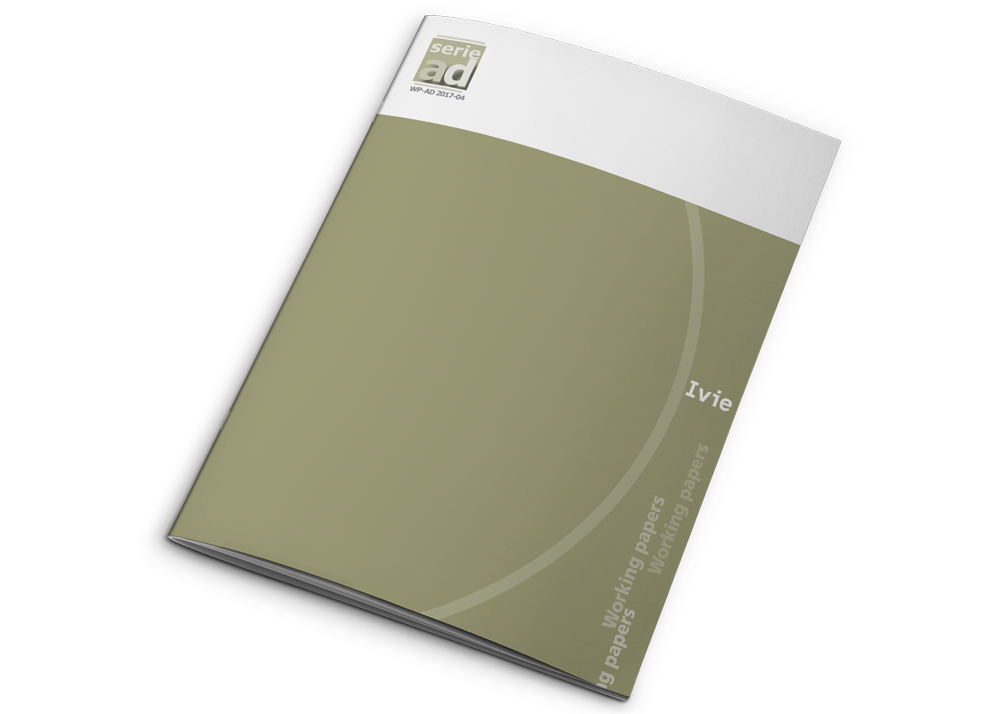Esta web utiliza cookies para que podamos ofrecerte la mejor experiencia de usuario posible. La información de las cookies se almacena en tu navegador y realiza funciones tales como reconocerte cuando vuelves a nuestra web o ayudar a nuestro equipo a comprender qué secciones de la web encuentras más interesantes y útiles.
Publications

WP-AD 2004-23
SELF-ENFORCING INTERNATIONAL ENVIRONMENTAL AGREEMENTS REVISITED
Rubio, S.J. and Ulph, A.
Year of publication: 2004
Keywords: international externalities, self-enforcing environmental agreements, Stackelberg equilibrium, non-negative emissions constraints
JEL Classification: C72,D62,F02,Q20
Abstract
In Barrett's (1994) paper on transboundary pollution abatement is shown that if the signatories of an international environmental agreement act in a Stackelberg fashion, then, depending on parameter values, a self-enforcing IEA can have any number of signatories between two and the grand coalition. Barrett obtains this result using numerical simulations and also ignoring the fact that emissions must be non-negative. Recent attempts to use analytical approaches and to explicitly recognize the non-negativity constraints have suggested that the number of signatories of a stable IEA may be very small. The way such papers have dealt with non-negativity constraints is to restrict parameter values to ensure interior solutions for emissions. We argue that a more appropriate approach is to use Kuhn-Tucker conditions to derive the equilibrium of the emissions game. When this is done we show, analytically, that the key results from Barrett's paper go through. Finally, we explain why his main conclusion is correct although his analysis can implicitly imply negative emissions.


